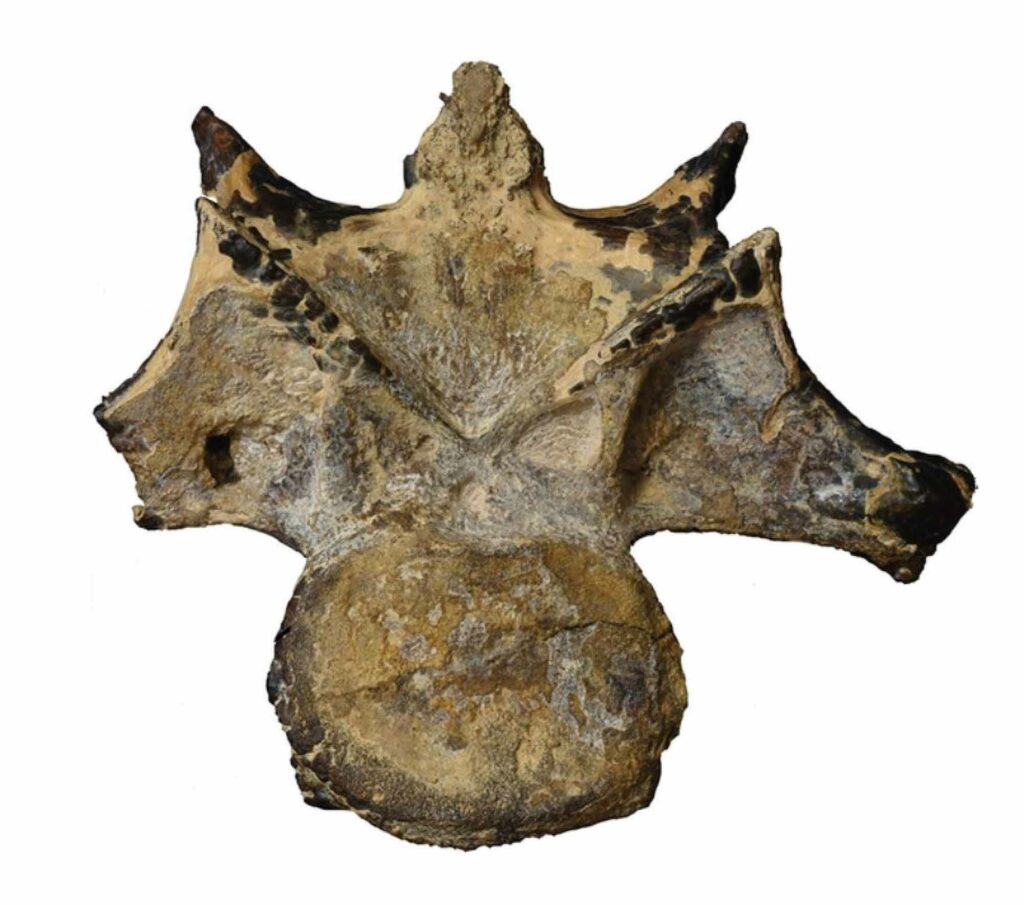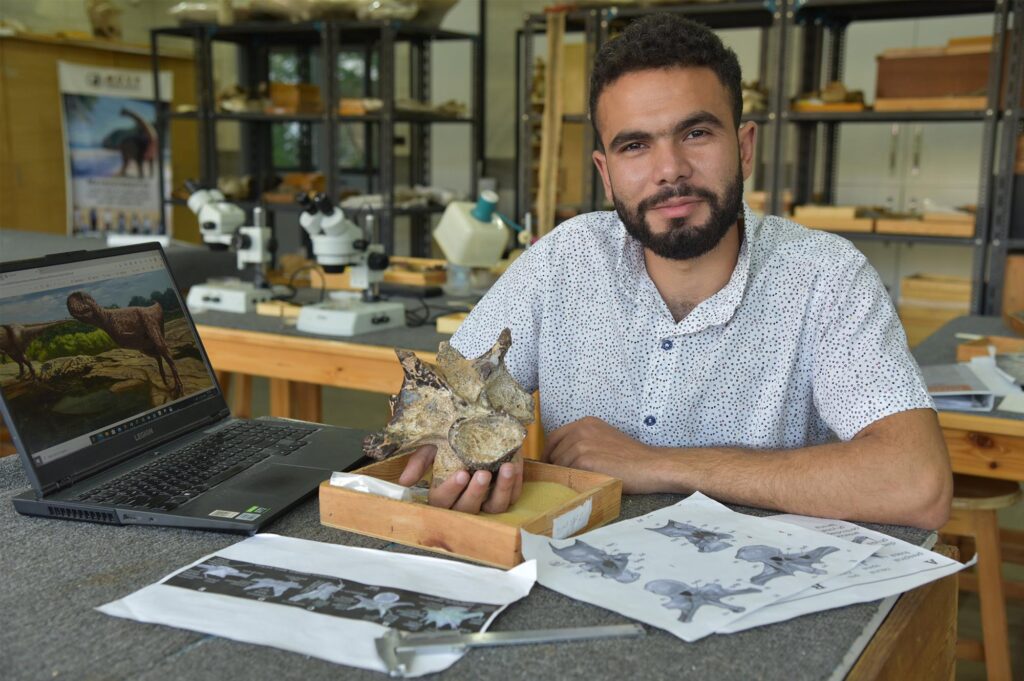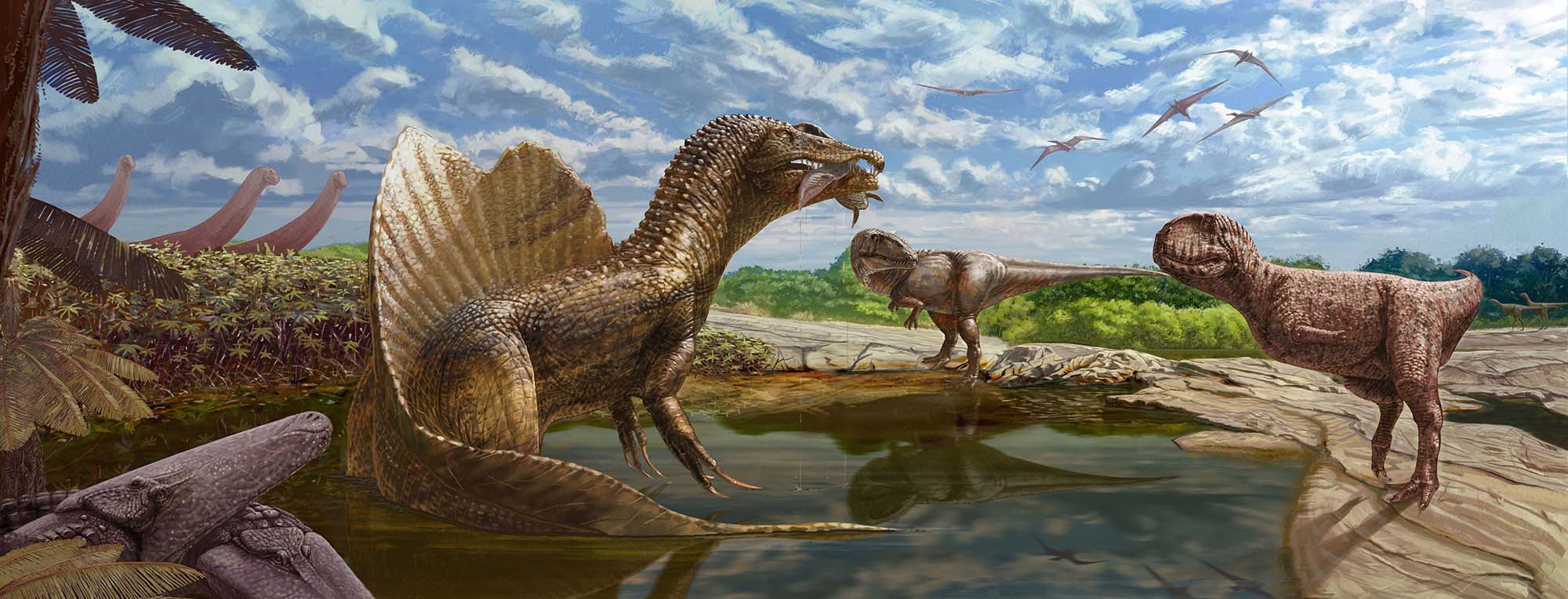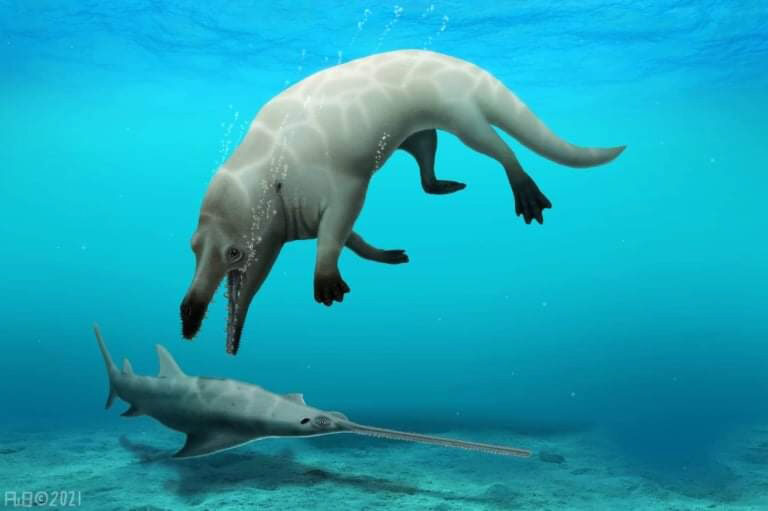A team of Egyptian-American researchers has discovered yet another kind of meat-eating dinosaur that was one of many that lived in what is now the Sahara desert nearly 100 million years ago.
The new discovery of Abelisauridae, which some experts have said could have been up to 11 metres long and weighed up to three tonnes, adds yet another fearsome predator to the list of those known to have co-existed in the same region, with experts predicting they may have survived alongside each other by specialising in eating different prey.
Ohio University said in a statement on Wednesday, 8th June: “The fossil of a still-unnamed species provides the first known record of the abelisaurid group of theropods from a middle Cretaceous-aged (approximately 98 million years old) rock unit known as the Bahariya Formation, which is exposed in the Bahariya Oasis of the Western Desert of Egypt.”

(Belal Salem, Ohio University/Mansoura University Vertebrate Paleontology Center/Newsflash)
The University said that the area was famous in the early 20th century for having yielded specimens from a wide range of dinosaurs and that this fossil appeared to belong to a whole new kind of dinosaur.
It is also the first time that an Abelisaurid fossil has been discovered at the Bahariya Formation.
The Abelisaurid dinosaur fossil is believed to date back to the middle Cretaceous era, making it approximately 98 million years old, according to the experts.
The university explained in its statement: “Abelisaurid fossils had previously been found in Europe and in many of today’s Southern Hemisphere continents, but never before from the Bahariya Formation.”
Ohio University graduate student Belal Salem carried out the study, based on work he initiated while a member of the Mansoura University Vertebrate Paleontology Center (MUVP) in Mansoura, Egypt.
Other experts who worked on the study also included “Ohio University Heritage College of Osteopathic Medicine professor of biomedical sciences Patrick O’Connor; Matt Lamanna, associate curator of vertebrate paleontology at Carnegie Museum of Natural History; Sanaa El-Sayed, a doctoral student at the University of Michigan and the MUVP’s former vice director; Hesham Sallam, a professor at the American University in Cairo (AUC) and Mansoura University and the founding director of the MUVP; and additional colleagues from Benha University and the Egyptian Environmental Affairs Agency”.
The fossil was reportedly recovered during an expedition to the Bahariya Oasis in 2016, but it has only been identified as a new species recently, with the study being published this month (June).
Salem said: “During the mid-Cretaceous, the Bahariya Oasis would’ve been one of the most terrifying places on the planet.”
He added: “How all these huge predators managed to coexist remains a mystery, though it’s probably related to their having eaten different things, their having adapted to hunt different prey.”

(Hesham Sallam, American University in Cairo/MUVP/Newsflash)
The university added: “The new vertebra holds implications for the biodiversity of Cretaceous dinosaurs in Egypt and the entire northern region of Africa. It is the oldest known fossil of Abelisauridae from northeastern Africa, and shows that, during the mid-Cretaceous, these carnivorous dinosaurs ranged across much of the northern part of the continent, east to west from present day Egypt to Morocco, to as far south as Niger and potentially beyond.
“Spinosaurus and Carcharodontosaurus are also known from Niger and Morocco, and a close relative of Bahariasaurus has been found in the latter nation as well, suggesting that this fauna of large to gigantic theropods coexisted throughout much of northern Africa at this time.”
The Bahariya Oasis is renowned among palaeontologist as the location where several extraordinary dinosaurs were first discovered during the early 20th century. But all Bahariya dinosaur fossils collected prior to World War II were destroyed during the Allied bombing of Munich in 1944.
The study, published in Royal Society Open Science, is titled ‘First definitive record of Abelisauridae (Theropoda: Ceratosauria) from the Cretaceous Bahariya Formation, Bahariya Oasis, Western Desert of Egypt’.
It was authored by Belal S. Salem, Matthew C. Lamanna, Patrick M. O’Connor, Gamal M. El-Qot, Fatma Shaker, Wael A. Thabet, Sanaa El-Sayed and Hesham M. Sallam.
To find out more about the author, editor or agency that supplied this story – please click below.
Story By: Joseph Golder, Sub-Editor: William McGee, Agency: Newsflash
The Ananova page is created by and dedicated to professional, independent freelance journalists. It is a place for us to showcase our work. When our news is sold to our media partners, we will include the link here.




